“Ang mamatay ng dahil sayo.”
I looked at the calendar today, perhaps as a habit, and the 28th is printed in red. Below the red ink, there were the words, “National Heroes’ Day”. With that, I was reminded of many faces: faces that fronted death, faces that didn’t turn back in defense of one’s homeland, faces that reechoed in generations and etched in history.
One of the basics of Filipino education is to be acquainted with a lot of marvelous faces and to learn their backstory. Each one of us has our own favorite hero growing up. I remember mine to be Bonifacio Aguinaldo but as I developed love for writing, I viewed Jose Rizal to be more relatable. I knew heroism could be pliant and extensive. It doesn’t always have to be loud and bloody, it can be silent and clean and still have the same ripple effect. I got more aware of the power of words: written words could trigger a rebellion, uttered words could deprive one of his freedom… or even his life, but is it only by the latter that one becomes a hero?
Book-worthy and historically remarkable heroes don’t exist only in the past. As years add up, heroism branches out in many forms, influences people in all ages and blends in with the orthodox. If you ask a seven-year-old who's his favorite hero, he’ll answer with Superman, Ben10 or Spiderman. A girl of a similar age may tell you it’s Wonder Woman or Black Widow. Years later, the same question will not have the same answer. Ask an elementary school student and he/she will tell you it’s Apolinario Mabini, Emilio Aguinaldo, Juan Luna, Gabriela Silang or Melchora Aquino. The academy places much importance on notable people in bygones and with it, their stories are preserved in songs and literature.
This concept of knowing heroes and loyalists of the country shifts into a localized and more familiar tone. An adolescent in the middle of his/her adjustment to adulthood may encounter identity crises or internal conflicts which need a helping hand or moral support. It is in these times that a sixteen-year-old sees a family member, a friend, a stranger, an influencer, a fictional character, or a television personality as a hero. They become models of character, a mold for the coming years.
In middle to late twenties, halfway through life experiences, one gets to realize that their parents were his/her real life heroes. Navigating through the course of life, balancing work, further education and social life, or even being parents themselves, a person gets a peak of the battles their parents also faced and conquered. More life experiences also meant more people to meet and each has their own stories, each has their own glimpses of loyalty to oneself or to another.
Add more years and our sensitivity to seeing good heightens. There will be moments that one gets to see more with the simplest. A person gets to realize that there are heroes outside the pages of a book or behind the cameras. There are heroes that are underrecognized and underappreciated. Heroes with no costumes, heroes with no capes.
You ride a jeepney going to work and you see beads of sweat from the driver’s forehead as he braves the heat to transport passengers to their destination. You cross the road amidst the rushing vehicles but a traffic enforcer helps you by motioning signals. You entered the mall and felt safe with the security protocols of the guards. You went to school and your teacher patiently explained every process of solving algebraic expressions. You rushed a family member to the hospital and then hours later, a hero in white coat and stethoscope tells you she’s already fine and resting. You felt comfortable sitting in public places because janitorial and cleaning staff take their jobs seriously. You don’t know which bus to take but a kind conductor or barker points you to one. You saved a lot of money because a local electrician repaired your appliance or machine. Too simple to be highlighted but I believe the beauty of life is always in the minute details.
The last line of our National Anthem supports Horace’s phrase, “dulce et decorum est (it is sweet and fitting to die for one’s country)” but modernism dictates that the line could also be seen from a different perspective. The people make up the country, the country serves its people. What better way can we show our paramount faith and loyalty to the Philippines but to be advocates and local heroes of the people it protects?
With that, many heroes are born. Many heroes are everywhere.

